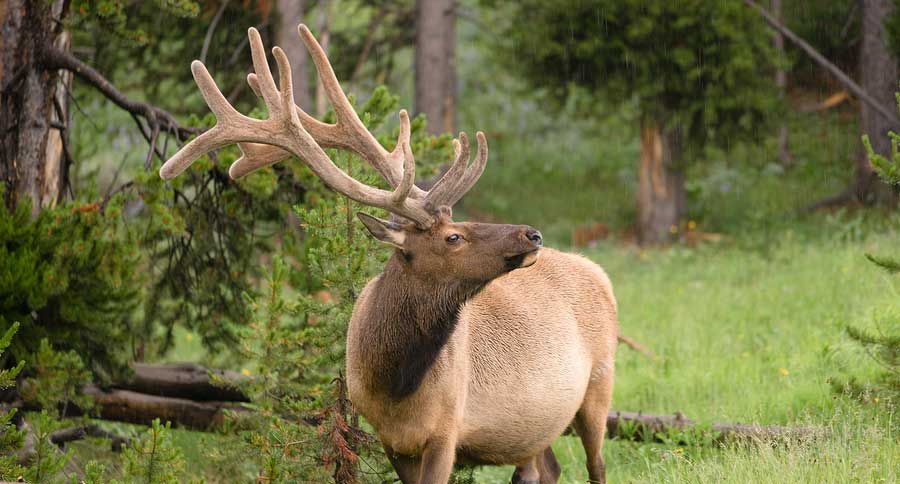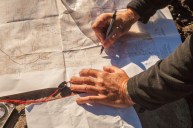By now "show season" is in full swing, and outfitters across the country (and the world) are busy trying to convince you to spend your hard-earned dollars with them. How do you make the right choice?
Every winter, we as hunters look forward to the upcoming season with great anticipation. For some of us, this will include an out-of-state hunting trip sure to make some great lasting memories. Before you go out and book the first trip you see, do your homework: a little planning now will go along way toward ensuring an enjoyable trip.
Set Your Price
When you open the brochure and the price states $2,800 for five days, that's your starting point. Make sure the outfitter is including meals and lodging in that number. From there, you must add travel expenses, license fees, taxidermy fees, and gratuity for your guides. Do not be surprised when that $2,800 hunt turns into a $4200 expense. Expect the outfitter to cost between half and two-thirds of the total trip.
Licences
Make sure you can acquire a tag for the hunt you want to go on. Some states hold lotteries for certain tags as early as February. In other states you can purchase directly online or over the counter at any sporting goods store. Iowa is a dream destination for most whitetail hunters, but on average an out of state hunter has to apply for four years before they draw a tag. Neighboring Illinois also has the reputation of a big buck state, and also the convenience of over the counter license sales.
References
Anybody who has gone on a successful hunting trip will make sure they tell everyone how great it was. If you ask an outfitter for references and are told he has none, keep walking to the next booth. Most guides I speak with have 75% - 80% return clients. It's a simple business strategy: it's cheaper to retain customers than to acquire new ones. Always ask for three to four references before making a decision.
Social Media
If a picture's worth a thousand words, then a trail camera picture is worth $1,000. Most outfitters will flood their Facebook and Instagram accounts with game pictures starting in early summer. When the season is underway, these sites will promote their successful harvests. You can scroll through their accounts to see the quality of the animals you can expect to see, and how successful they are at placing their hunters on trophy animals.
Planes, Train, and Automobiles
So you picked an outfitter and have the tag situation figured out. What's left? Transportation. Given the option of flying or driving, I prefer to fly if the destination is over 14 hours on the road. I do not like the idea of burning vacation days in a truck. The drawback of flying is cost, and the limitation on the amount of gear you can bring. If you are not careful, the fees associated with extra bags will put a dent in your funds. Ideally, I will choose an outfitter 12 hours away, and share the drive with two or three friends. Who doesn't enjoy a good road trip?
After the Hunt

An outfitter dresses a doe after a successful hunt.
If you are successful in your pursuit, you have to process your harvest. Most outfitters will take care of this for you, but ask in advance. If you traveled by plane, chances are you will not be taking the meat with you. If you're driving, make sure you have a large, high-quality cooler. Chances are, you will be having your trophy mounted; most guides can refer you to a local taxidermist. Shipping a mount can be quite expensive, so plan accordingly.
The final expense is gratuity. I always tip based on my experience, but an acceptable amount is 20%.
There are thousands of outfitters promising you the "hunt of a lifetime." Do some research to find the right trip for your budget and expectations. With a little effort, you will be well on your way to booking your dream hunt.
NEXT: PROVING YOURSELF AS A HUNTER WHEN DAD'S NOT AROUND




